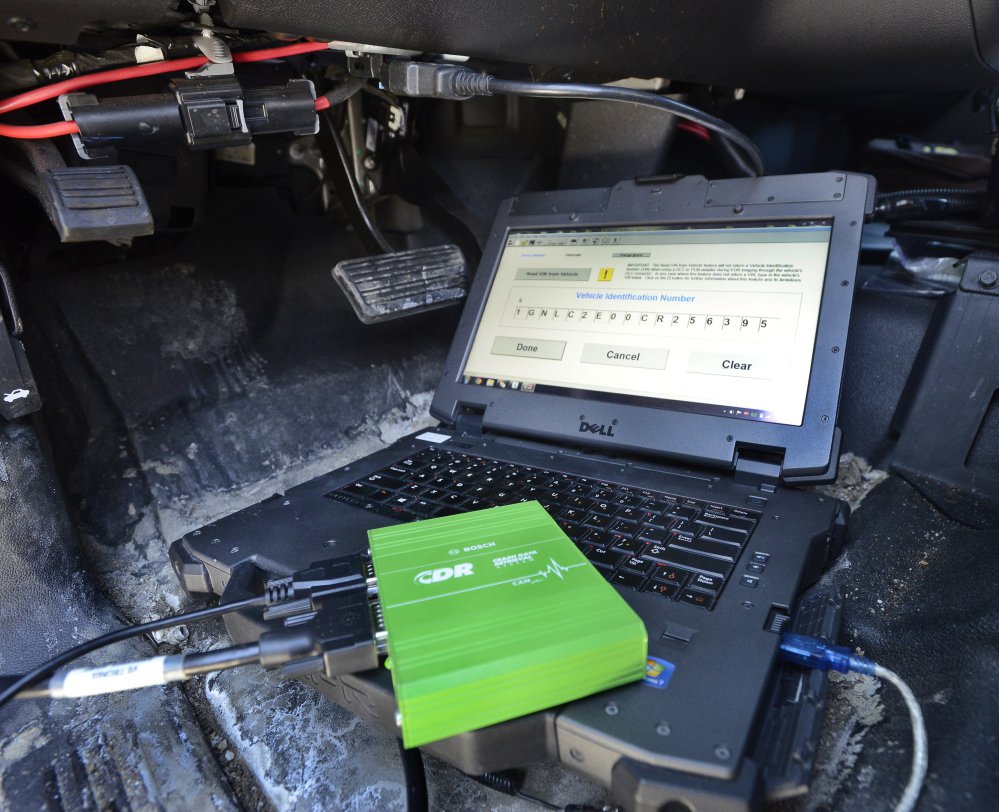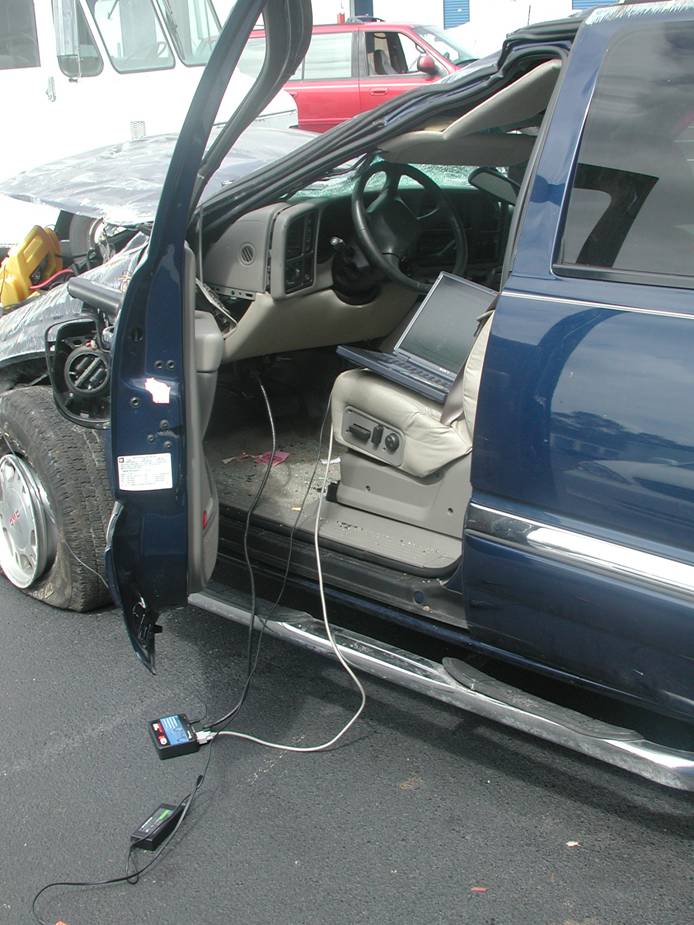Bicycles and cars have been crashing into each other for quite some time. The first documented automobile crash in the United States occurred in New York City in 1896, when a motor vehicle collided with a bicyclist and killed the cyclist. Over a hundred years later, accidents like this still occur.
Although bicyclist deaths have decreased 16 percent since 1975, they have increased 36 percent since reaching their lowest point in 2010. Data from the U.S. Department of Transportation shows that a total of 843 bicyclists were killed in crashes with motor vehicles in 2019 – a 3 percent decrease from the 868 bicyclist deaths that occurred in 2018.
Cars and trucks generally travel in a predictable fashion. They use roads, entering and exiting them at well-established and distinguishable access points. Bicycles and bicyclists are not as predictable. They can ride on roads or sidewalks, or they can ride on the grass, gravel, and dirt between the two. When on the road, bikes may stick to the side, stay in the center of the lane or weave in between traffic, passing cars on the left or right.
When 3,000+ lb. metal vehicle strikes a human body riding a 30 lb. or less bicycle, the consequences are usually bad for the bicyclist. When investigating and reconstructing accidents like these, an appreciation of the bicycle motion is important. The acceleration rates, stopping distances, and turning capabilities of bicycles are different than motor vehicles.
Engineers in CED’s Transportation Group have the right experience to properly investigate bicycle and motor vehicle accidents, considering all relevant factors. Contact us today for your next bicycle vs. motor vehicle crash, or submit a case request online.
Click Here to Submit an Inquiry for a Claim or Case.






